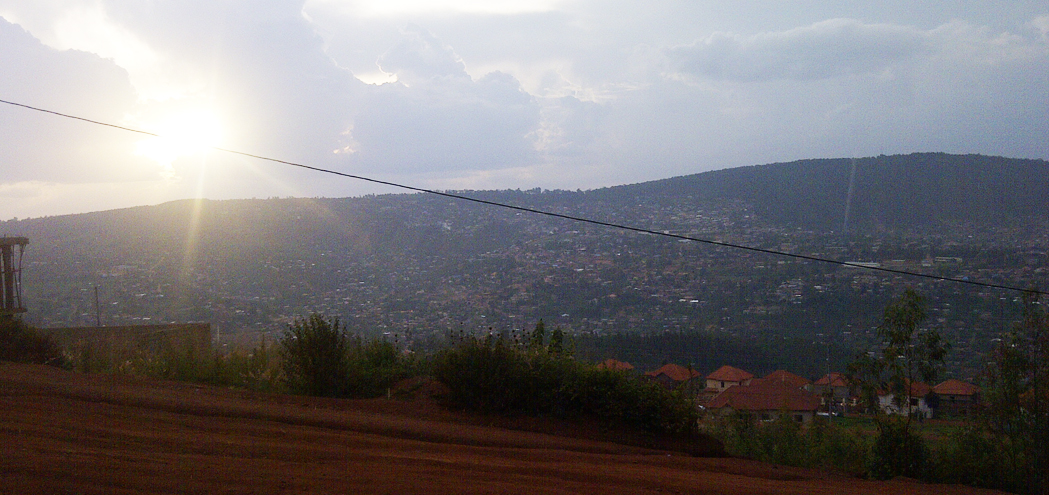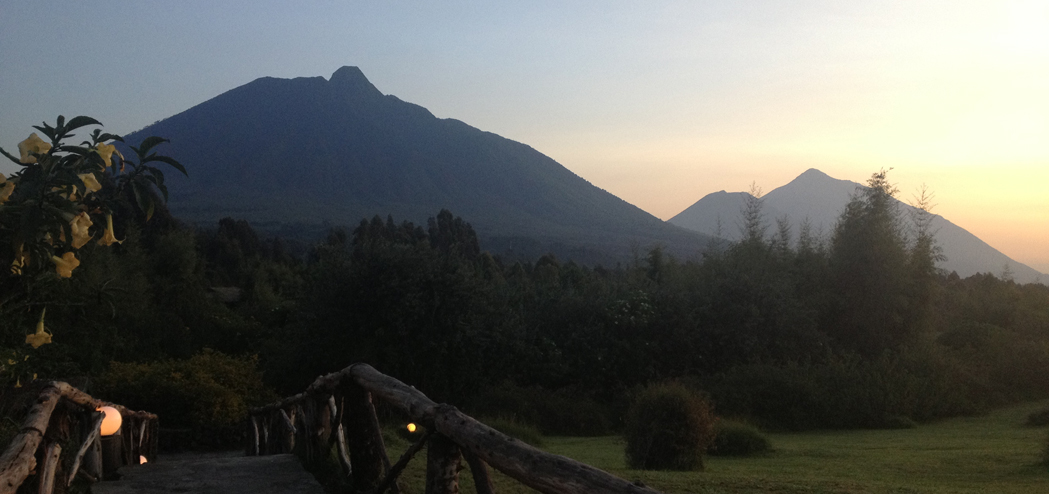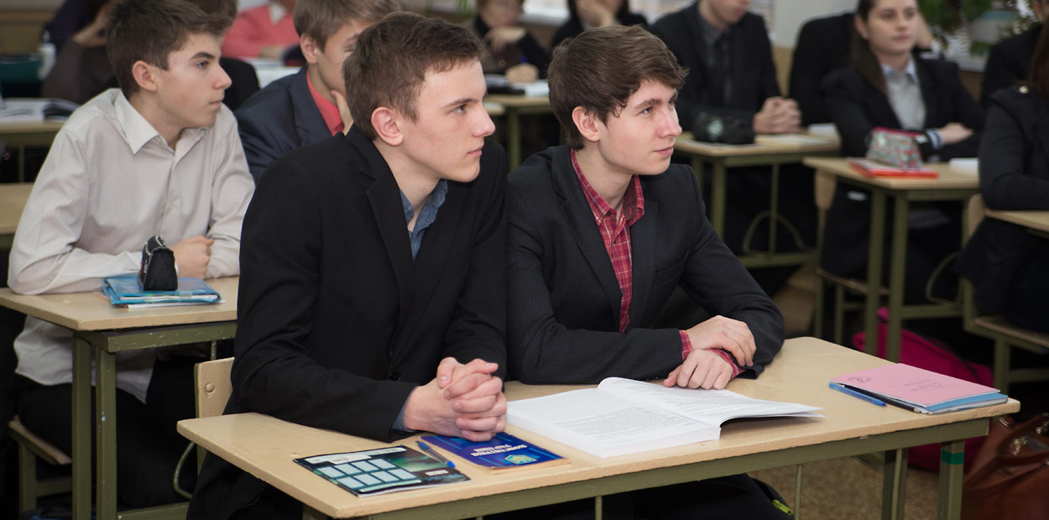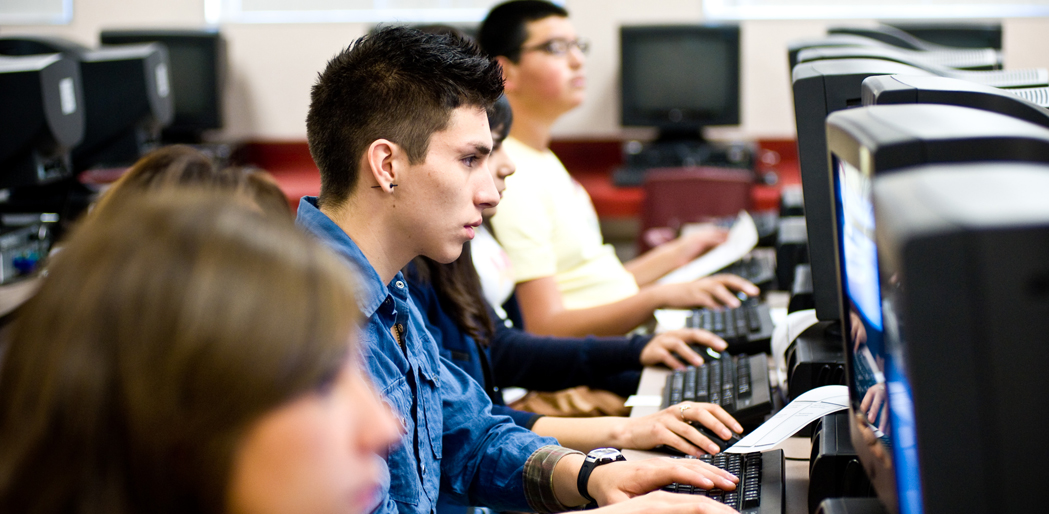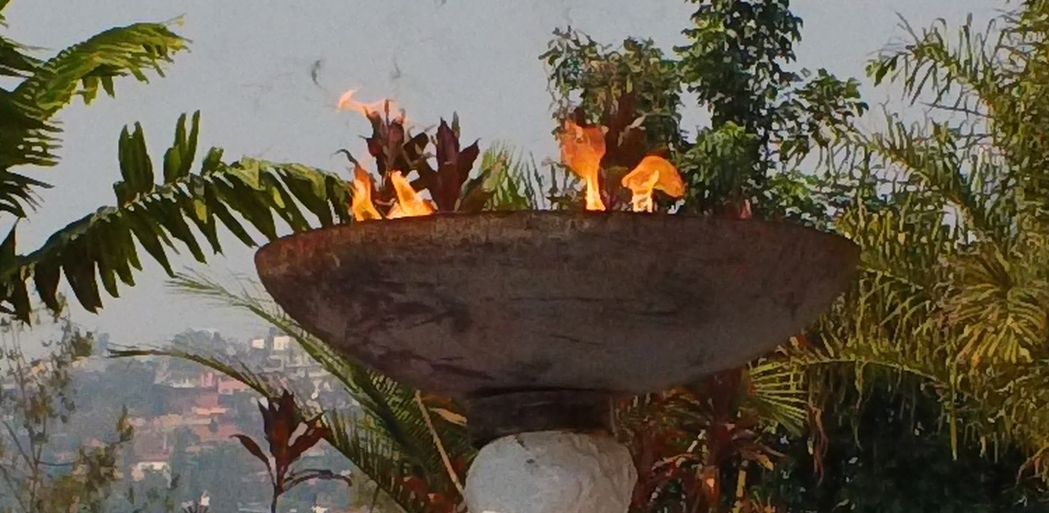As a writer fascinated by literary and political theory on history and memory, I watched students from Camino Nuevo High School interview Holocaust survivor Pinchas Gutter while I sat in awe witnessing the past and future intersect before my eyes.
PRAHA – Filmové vzpomínky přeživších holocaustu pomohou obnovit historickou paměť v rámci vzdělávacího programu IWalks vytvořeného USC Shoah Foundation. IWalks jsou interaktivním zážitkem spojujícím konkrétní lokality v několika evropských zemích se vzpomínkami na historické události, které se přímo na těchto místech odehrály.
In the spring of 2000, I agreed to become the president and chief executive officer of Survivors of the Shoah Visual History Foundation, the predecessor of USC Shoah Foundation - The Institute for Visual History and Education. My family and I were then living in Chicago, but the hectic pace of preparing to move to Los Angeles did not prevent my wife, Margee, and me from stealing away for a weekend to celebrate our 30th anniversary. We found an isolated beach and flew off, knowing that we would return to the inevitable chaos of moving to LA.
Pinchas Gutter sits in a red chair surrounded by bright green fabric under the glare of several thousand LED lights, 53 cameras capturing his every move. This is the world's first ever full-life history captured in true 3-D. As I interview him, I perch on a stool 8 feet away at 90 degrees to Pinchas. We can see each other through a mirror angled at 45 degrees. I have 400 questions in front of me as we settle in for five days of intensive interview. This is not the fireside chat in the comfort of the interviewee's home.

